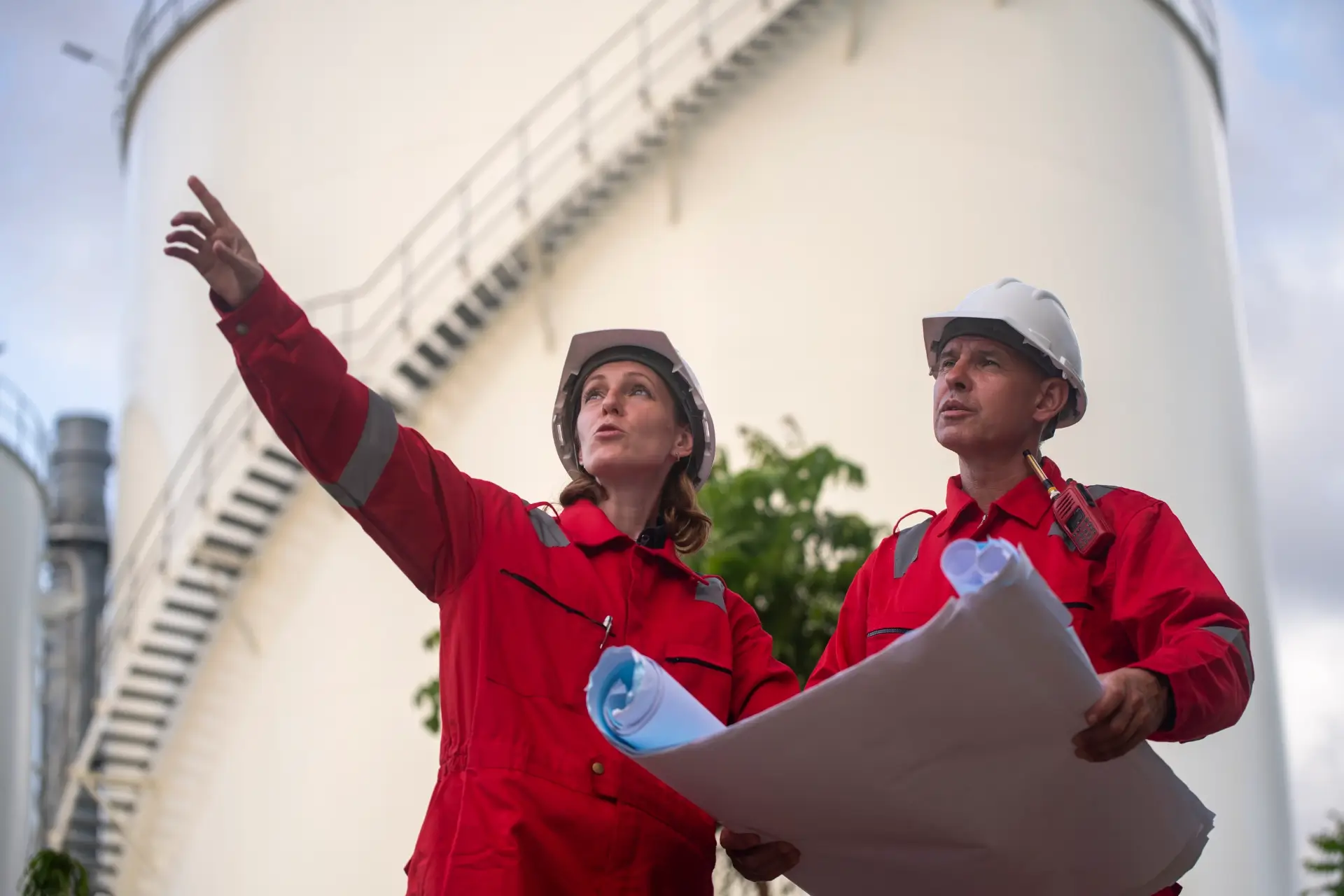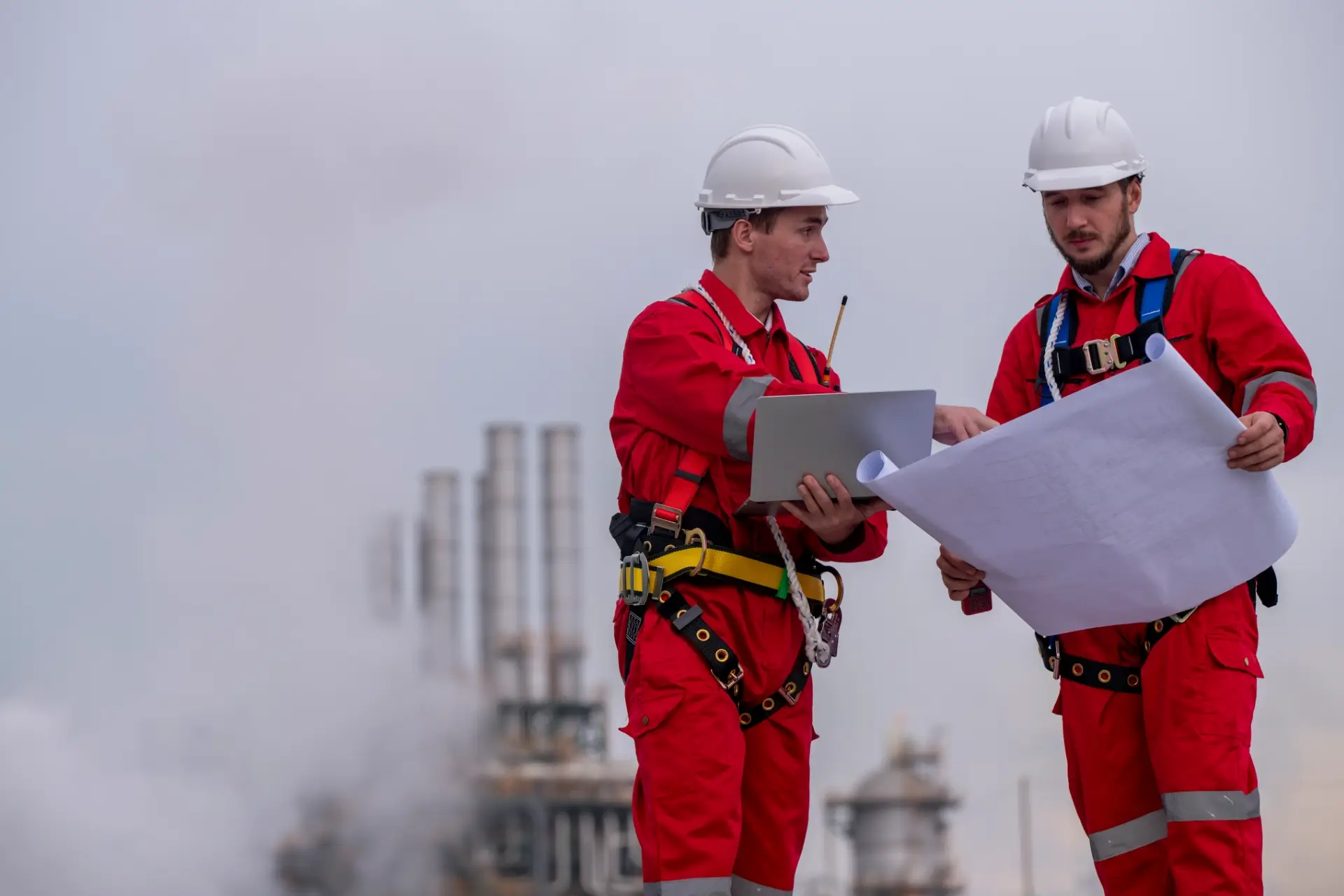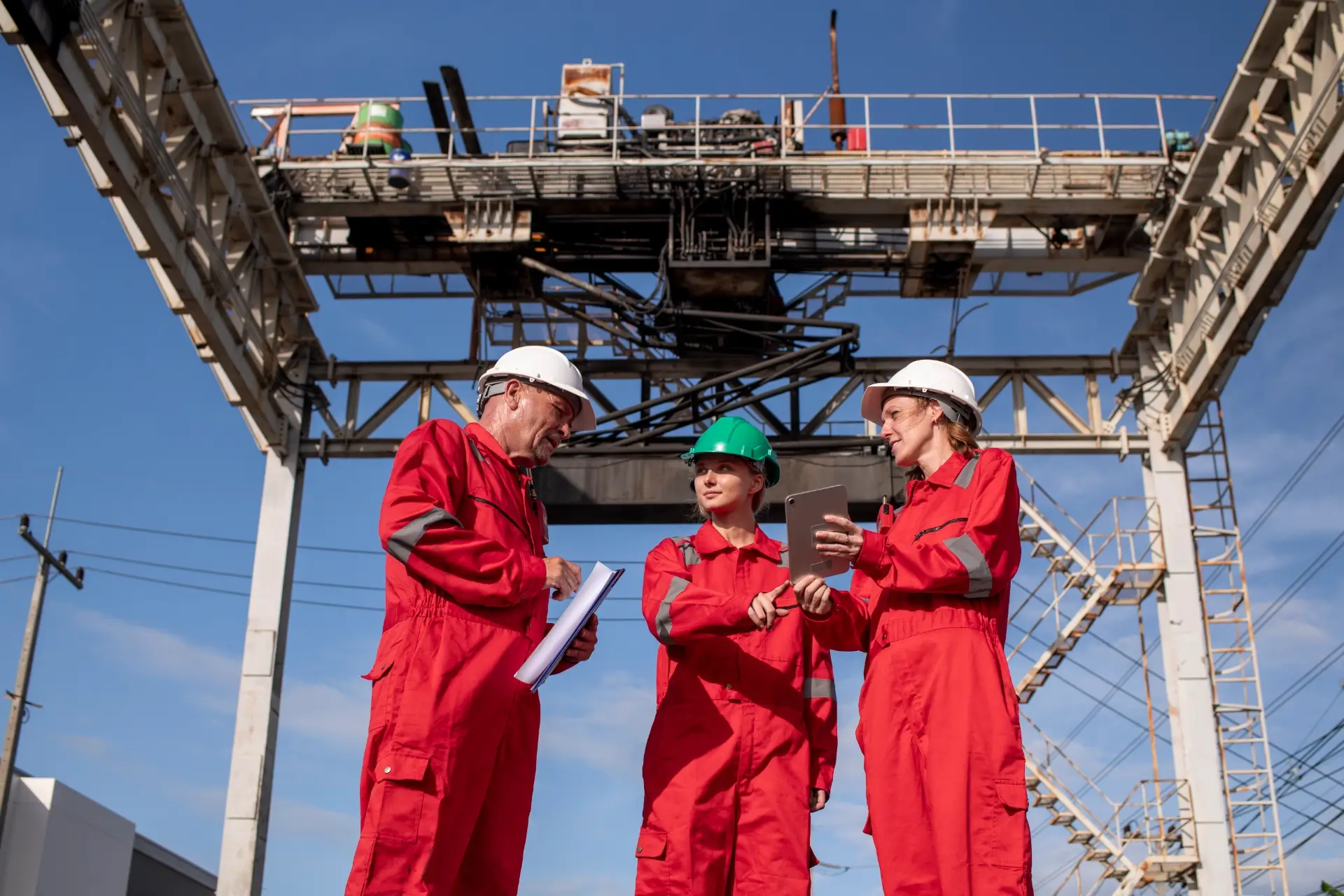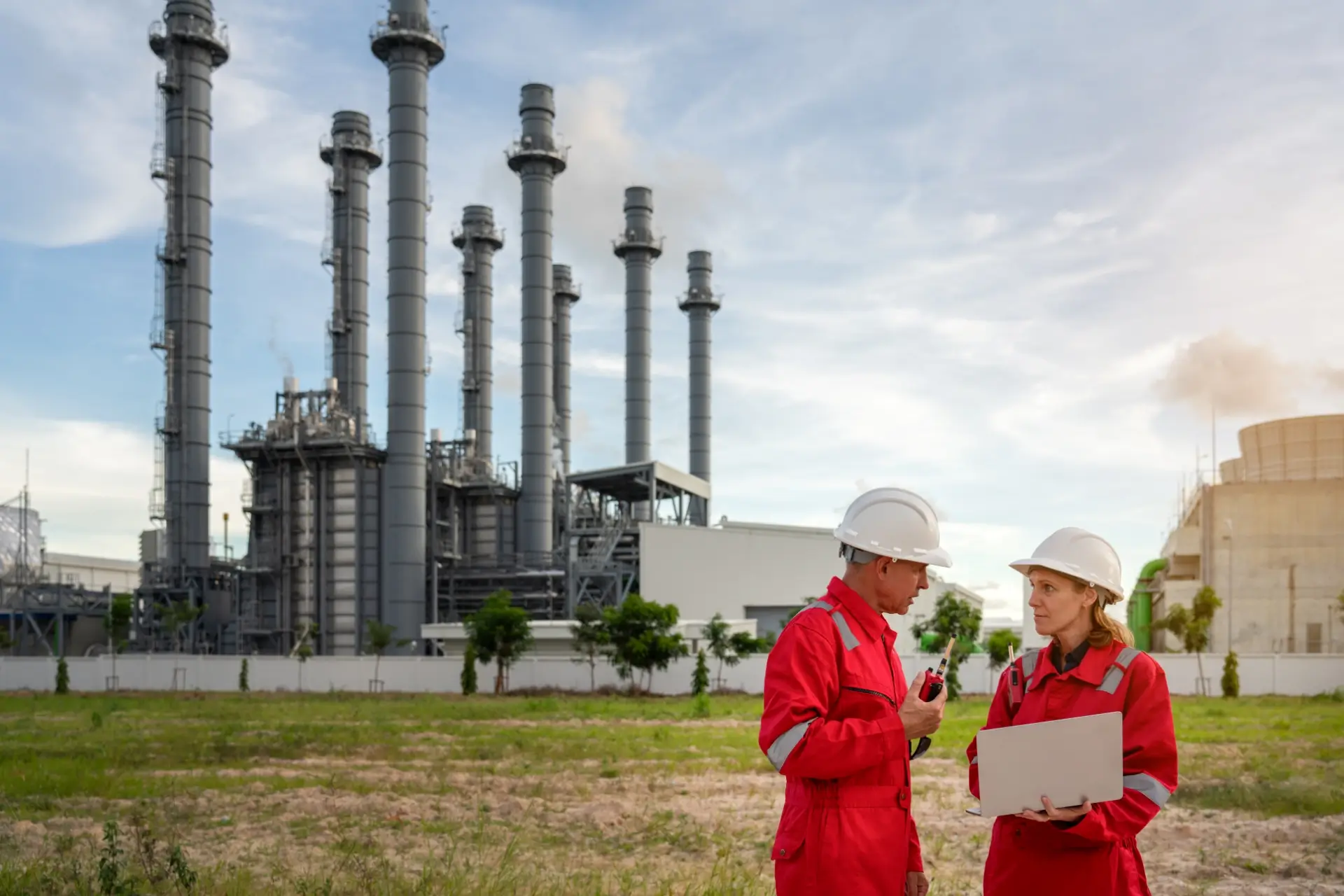View Complete News Coverage
Home / Single Post
Access the full details and insights behind our latest news and industry updates.

Crude oil plays a critical role in powering economies, industries, and everyday life — but what happens before it reaches the refinery or ends up as fuel in your tank is a complex journey that spans continents and involves countless hands. Understanding the crude oil supply chain provides insight not only into the oil industry itself but also into the delicate global web of energy production, logistics, and demand.
The journey begins at the oil fields, where crude is extracted through onshore and offshore drilling operations. These upstream activities require advanced technologies, skilled labor, and strict environmental management. Once extracted, the crude is stored temporarily before it’s transported — often by pipeline, tanker ships, or rail — to refineries across the world.

At the refining stage, the crude oil is processed into usable products such as gasoline, diesel, jet fuel, and petrochemical feedstocks. This midstream and downstream segment of the supply chain is where efficiency and precision become crucial.
Any delays, whether due to geopolitical tensions, weather disruptions, or infrastructure bottlenecks, can ripple across the global market and influence fuel prices almost instantly.
For companies like Petronix, understanding and optimizing every link in the supply chain is essential. It’s not just about moving barrels — it’s about ensuring energy flows smoothly, responsibly, and sustainably from source to consumer. In an era where energy security and environmental responsibility are more critical than ever, transparency and resilience in supply chains will define the leaders of tomorrow’s oil and industrial landscape.


